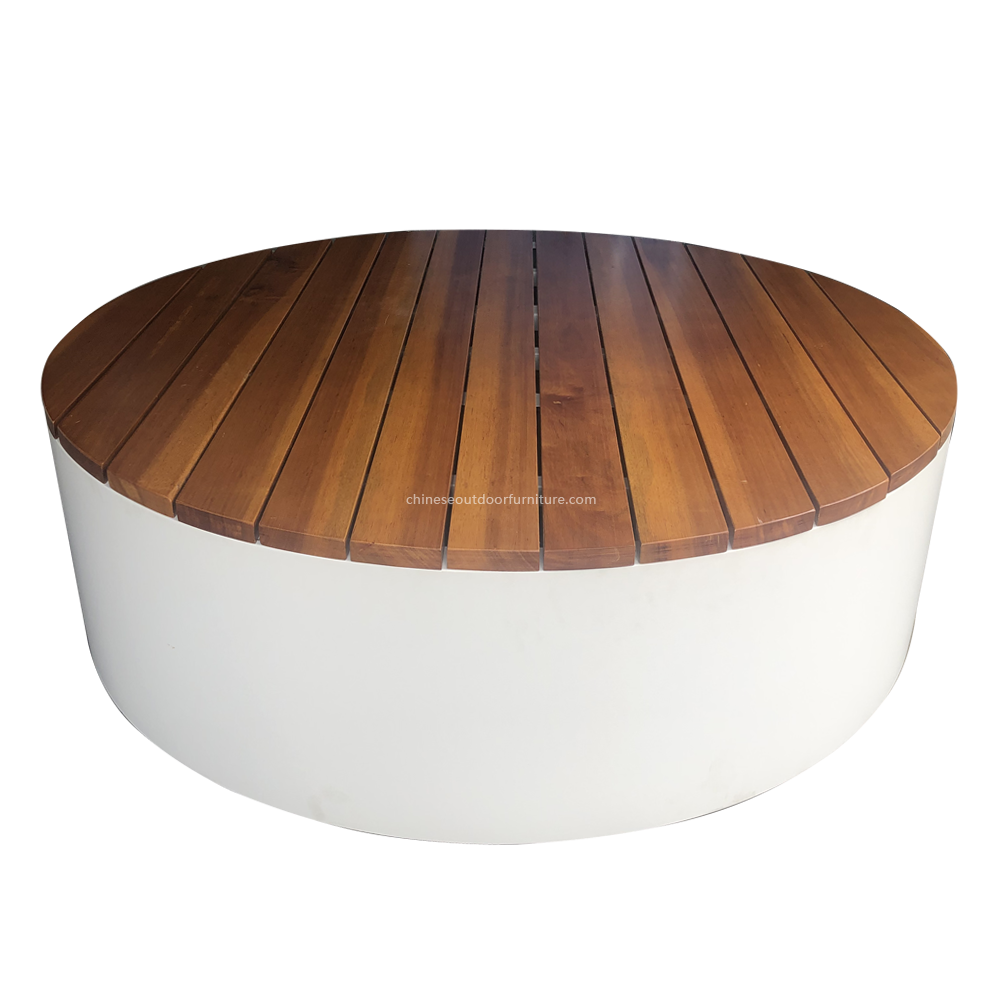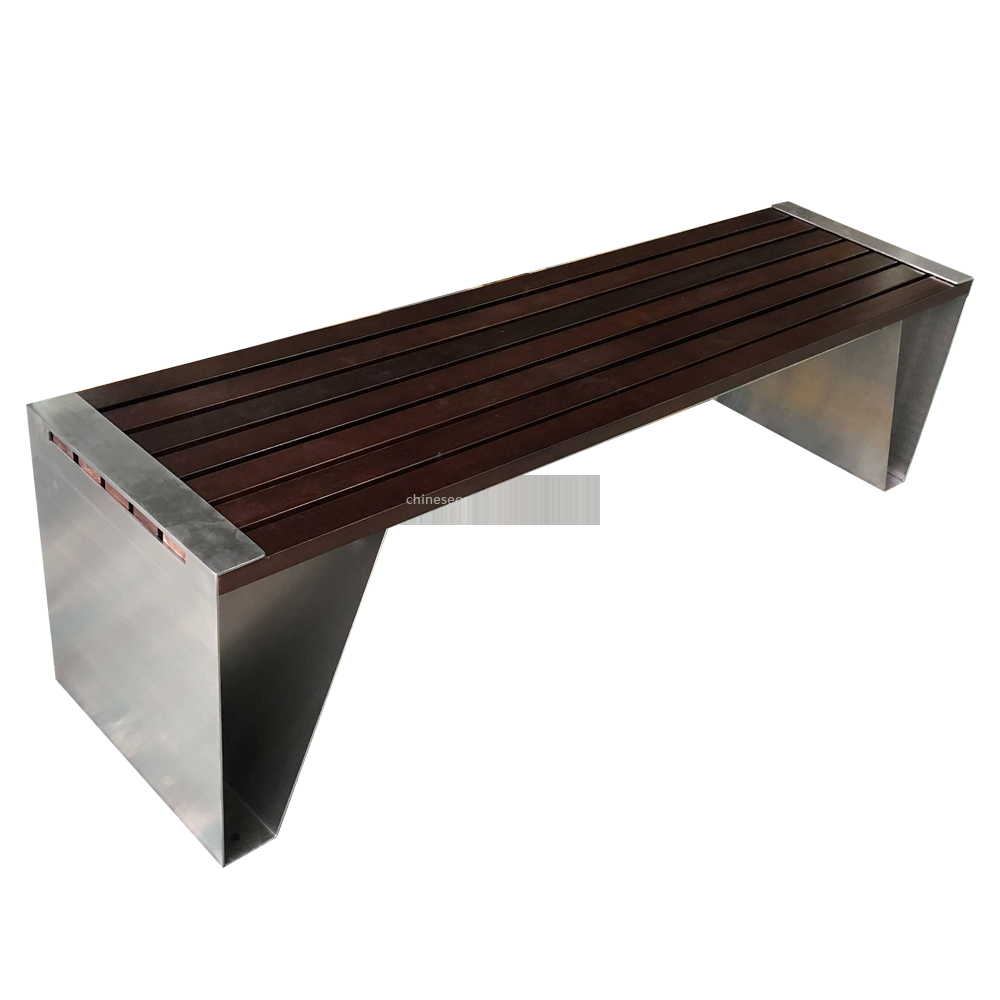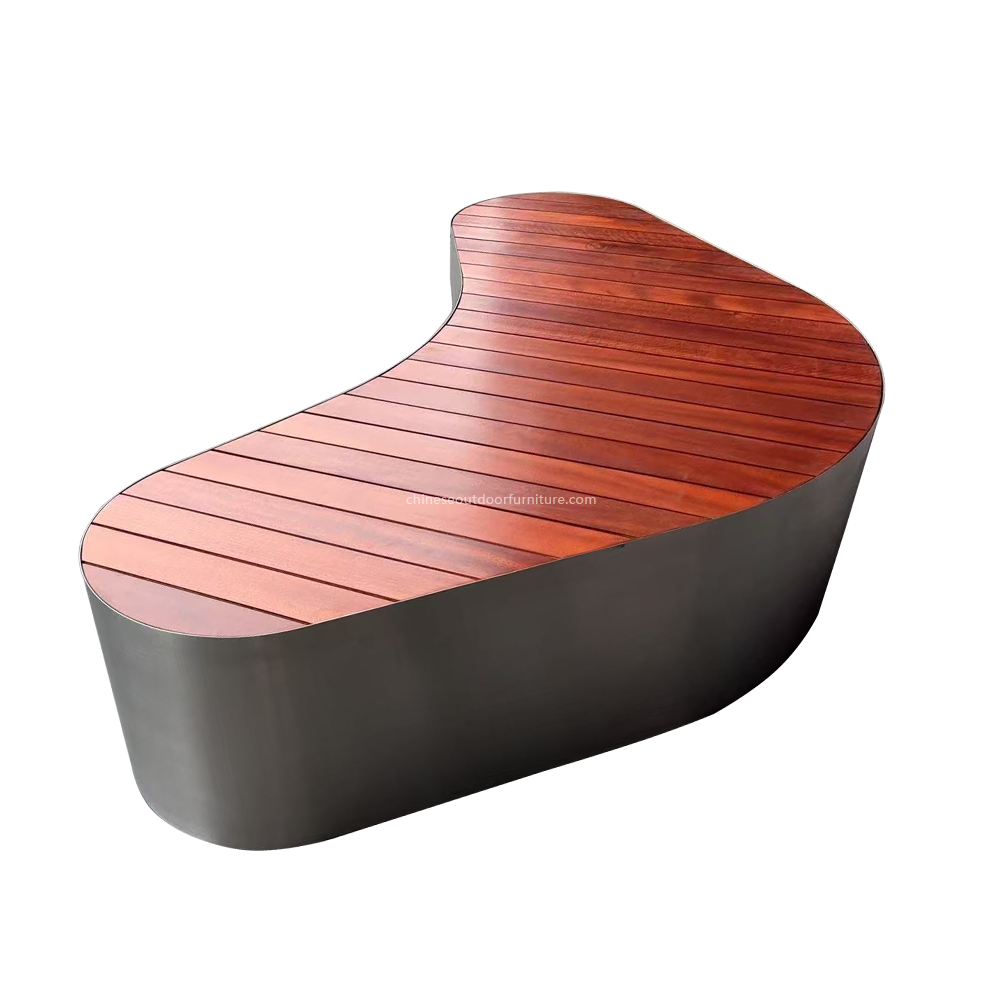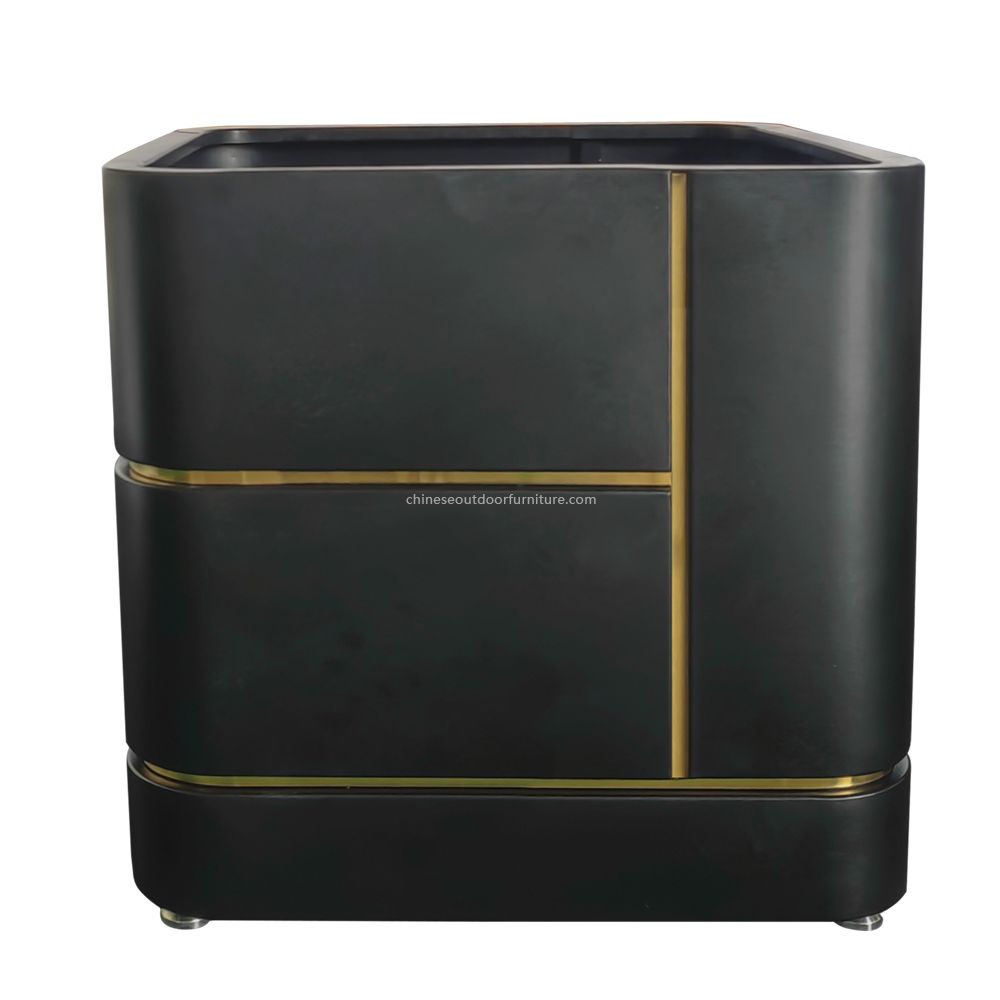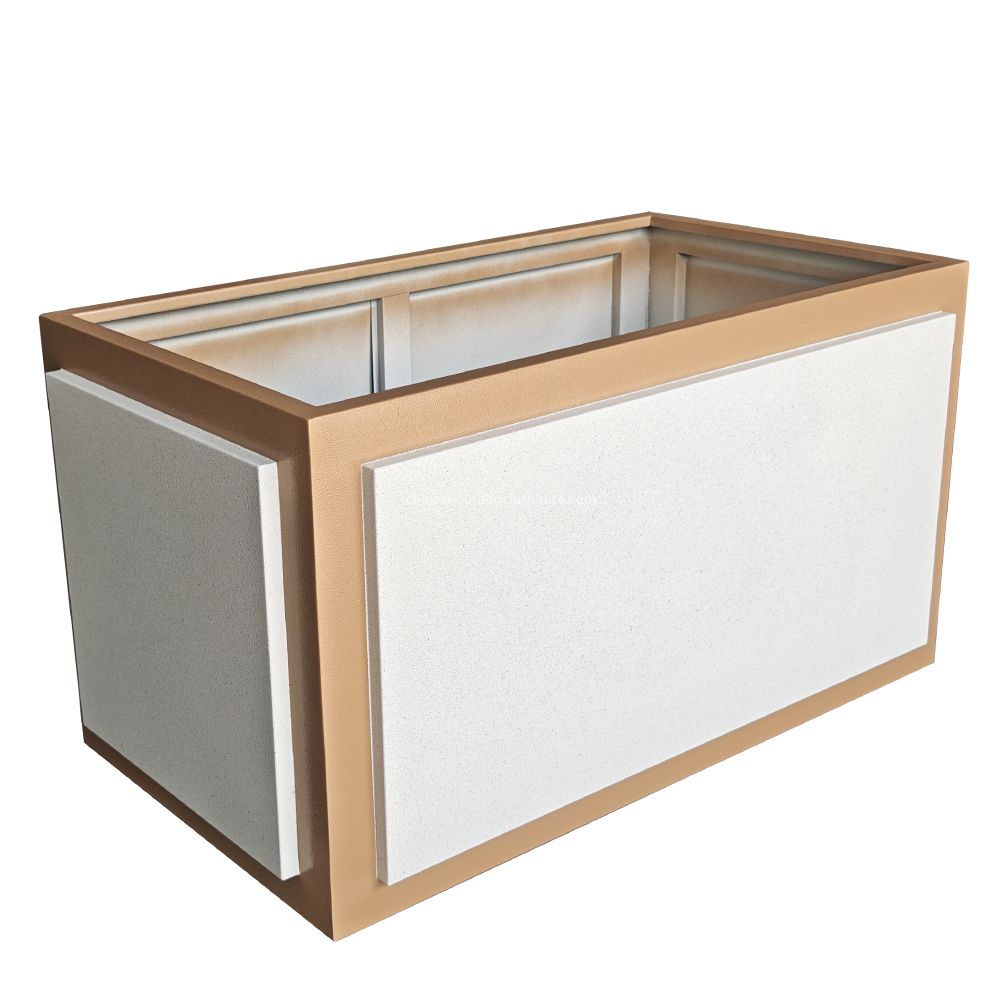How does resin material affect the bin’s resistance to fungal growth?
Discover how resin material composition impacts a bin‘s ability to resist fungal growth. Learn about moisture resistance, antimicrobial properties, and material...
READ MORE...What are the thermal deflection temperatures of resin-based bins?
Learn about the thermal deflection temperatures of resin-based bins, typically ranging from 50C to 120C. Discover how factors like material type and additives...
READ MORE...Can WPC outdoor pet waste bins be designed with self-closing lids?
Explore how WPC outdoor pet waste bins can be designed with self-closing lids for improved hygiene, odor control, and convenience in pet waste management.
READ MORE...How do composite materials handle exposure to organic solvents?
Explore how composite materials withstand organic solvents. Learn about chemical resistance mechanisms, degradation factors, and material selection for optimal ...
READ MORE...What are the creep resistance properties of WPC in outdoor bin parts?
Explore the creep resistance properties of Wood Plastic Composite (WPC) in outdoor bin parts. Learn how WPC maintains structural integrity under long-term stres...
READ MORE...Are composite-material bins more resistant to warping than plastic?
Discover if composite-material bins truly resist warping better than plastic bins. We compare material properties, environmental factors, and durability to help...
READ MORE...How does resin material perform in retaining color after chemical exposure?
Discover how resin materials maintain color integrity after chemical exposure. Learn about epoxy, polyester, and polyurethane resin colorfastness against solven...
READ MORE...What are the hydrolytic stability properties of WPC in outdoor bins?
Explore the hydrolytic stability of Wood Plastic Composite (WPC) in outdoor bins. Learn how WPC resists moisture, prevents degradation, and ensures long-term du...
READ MORE...

